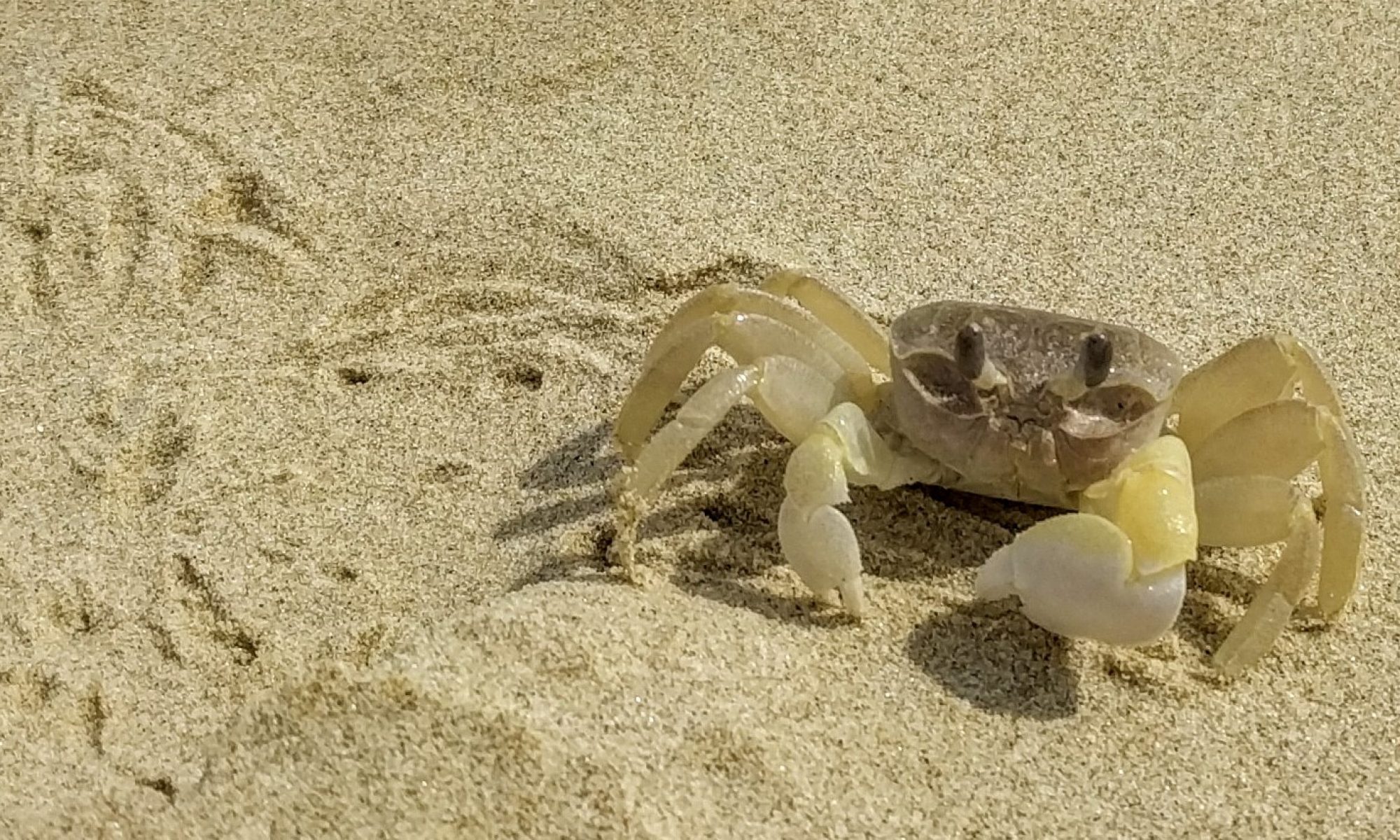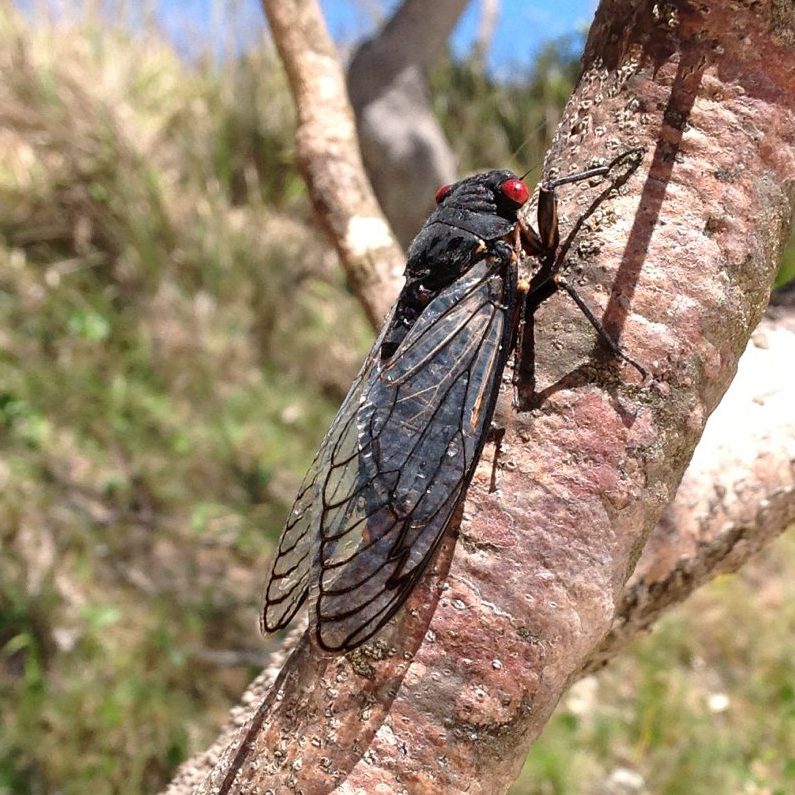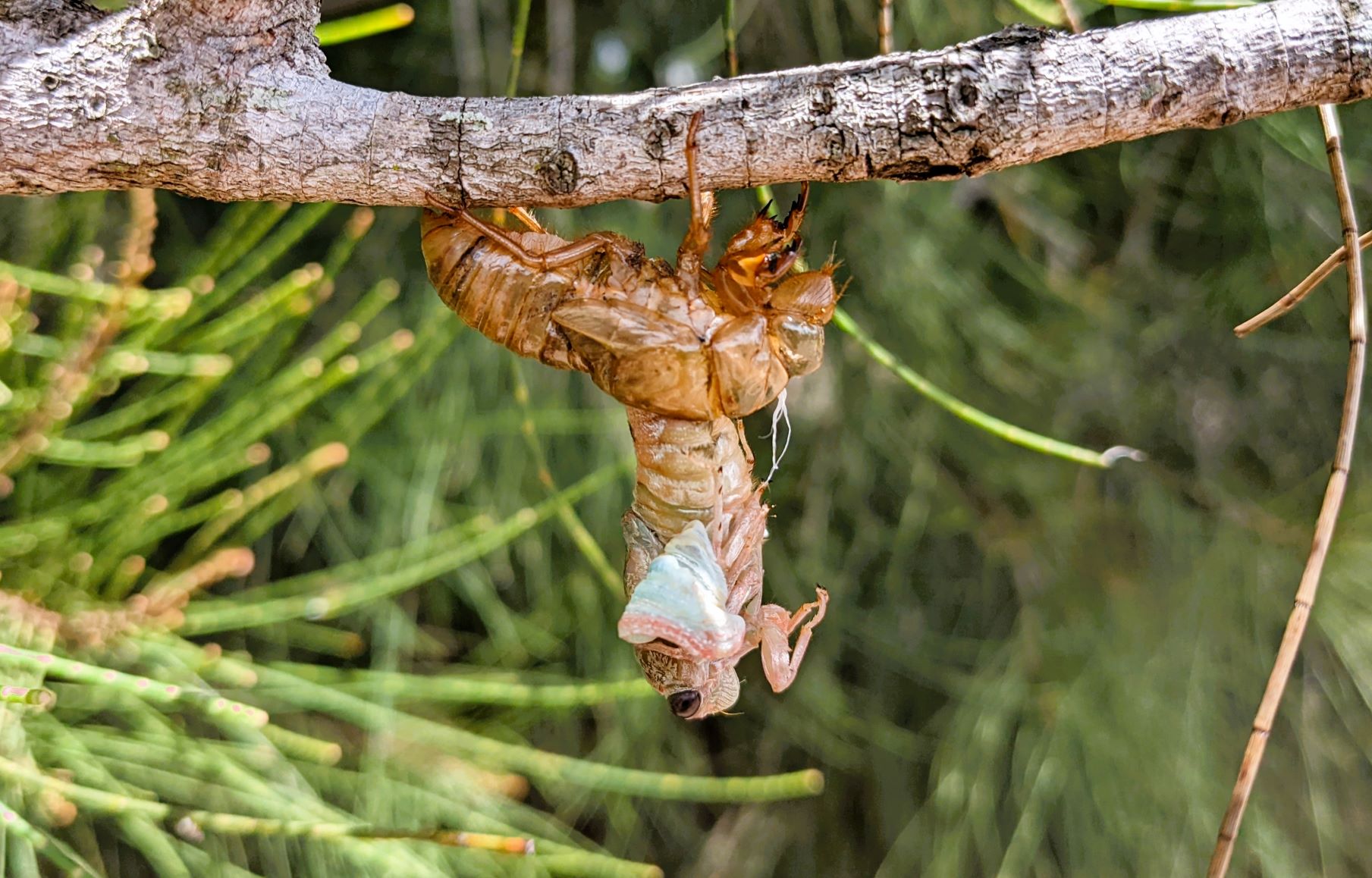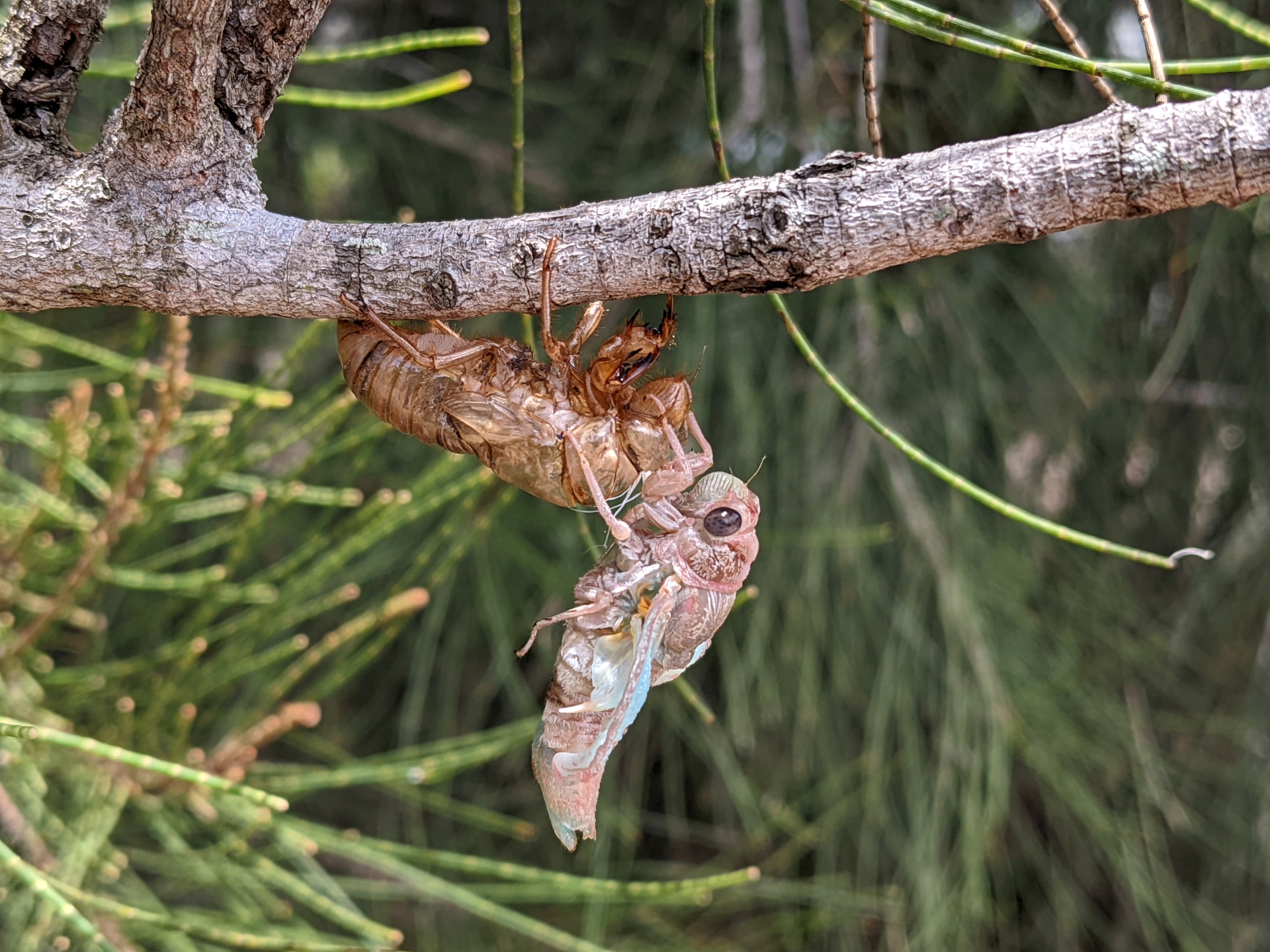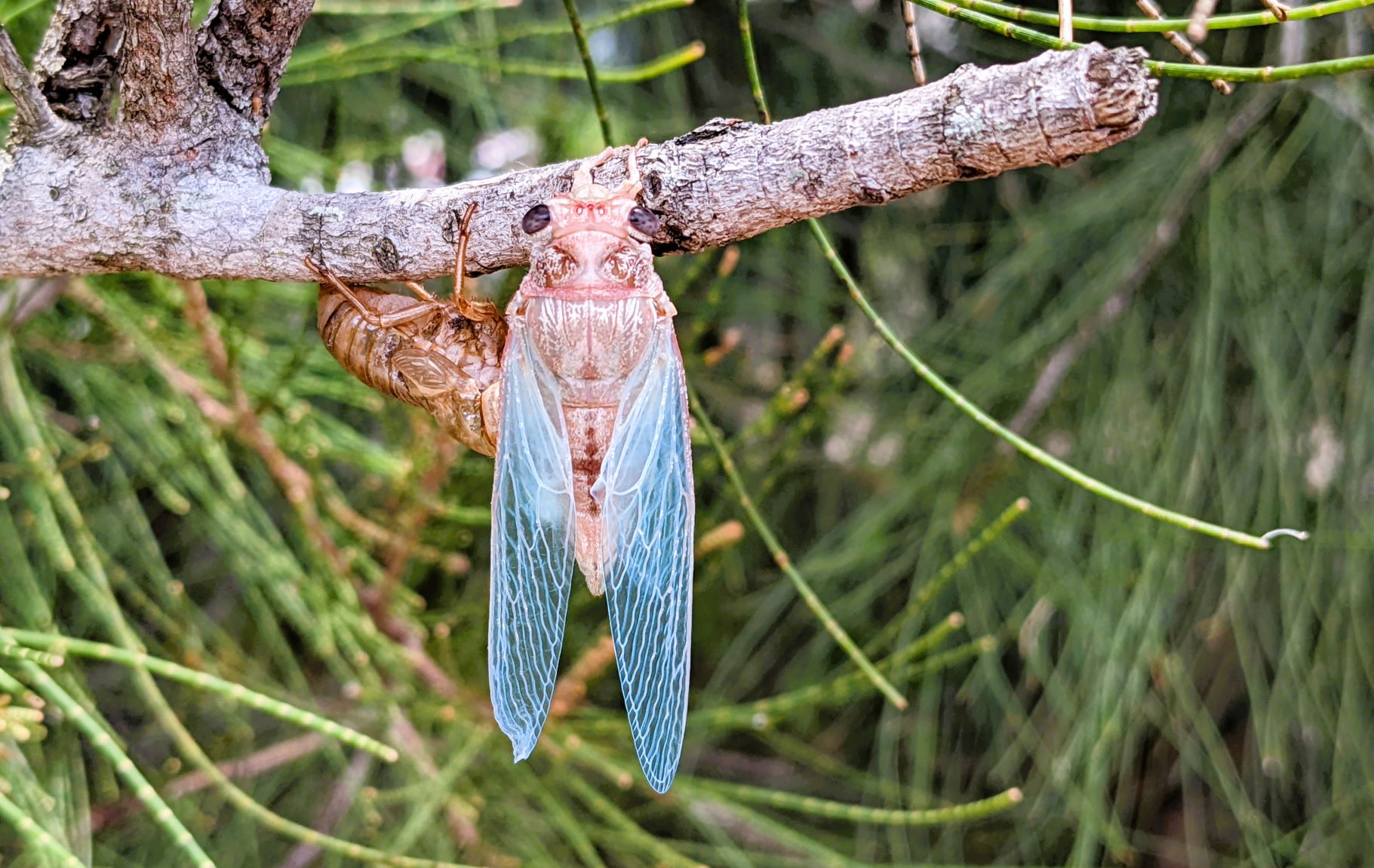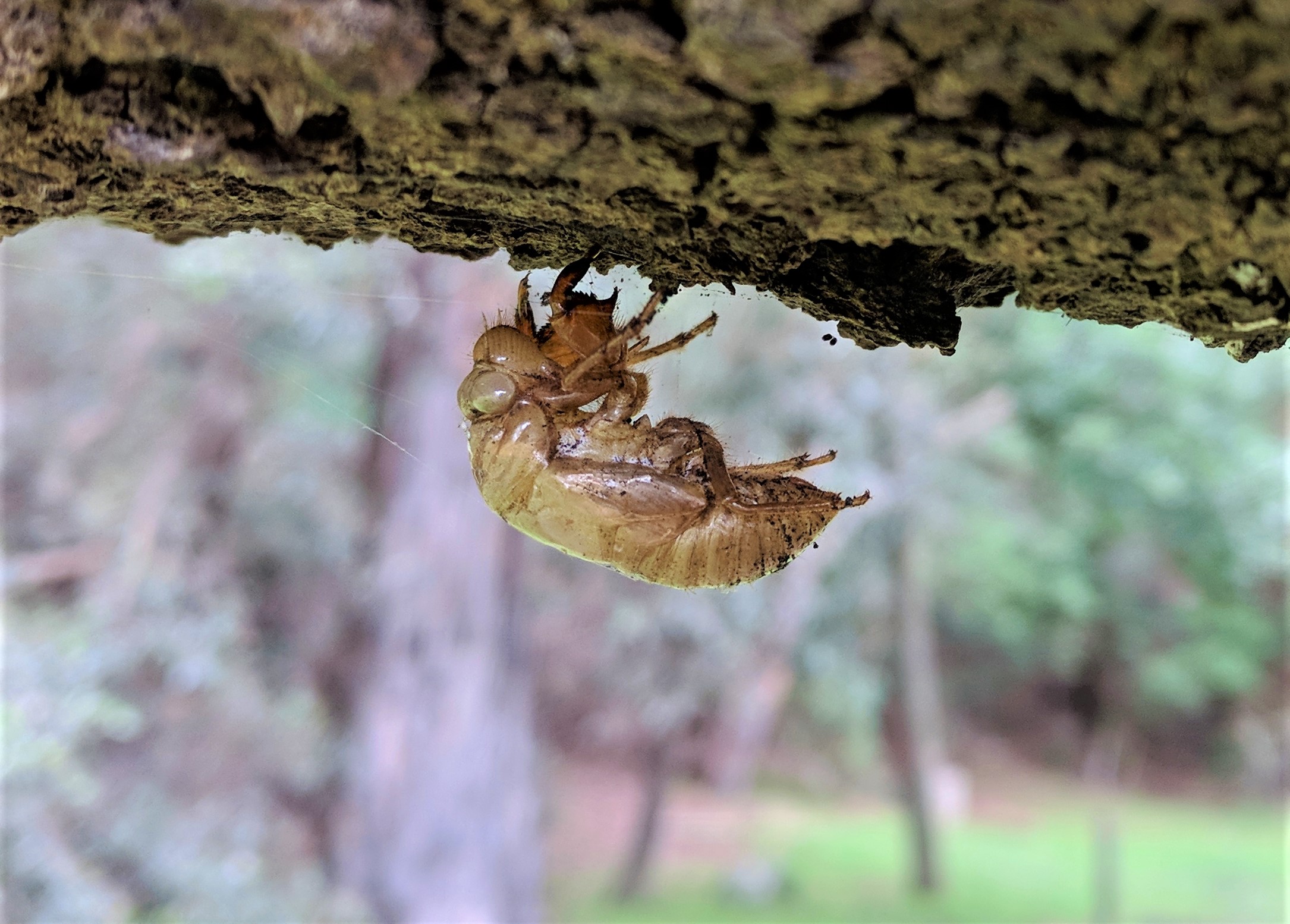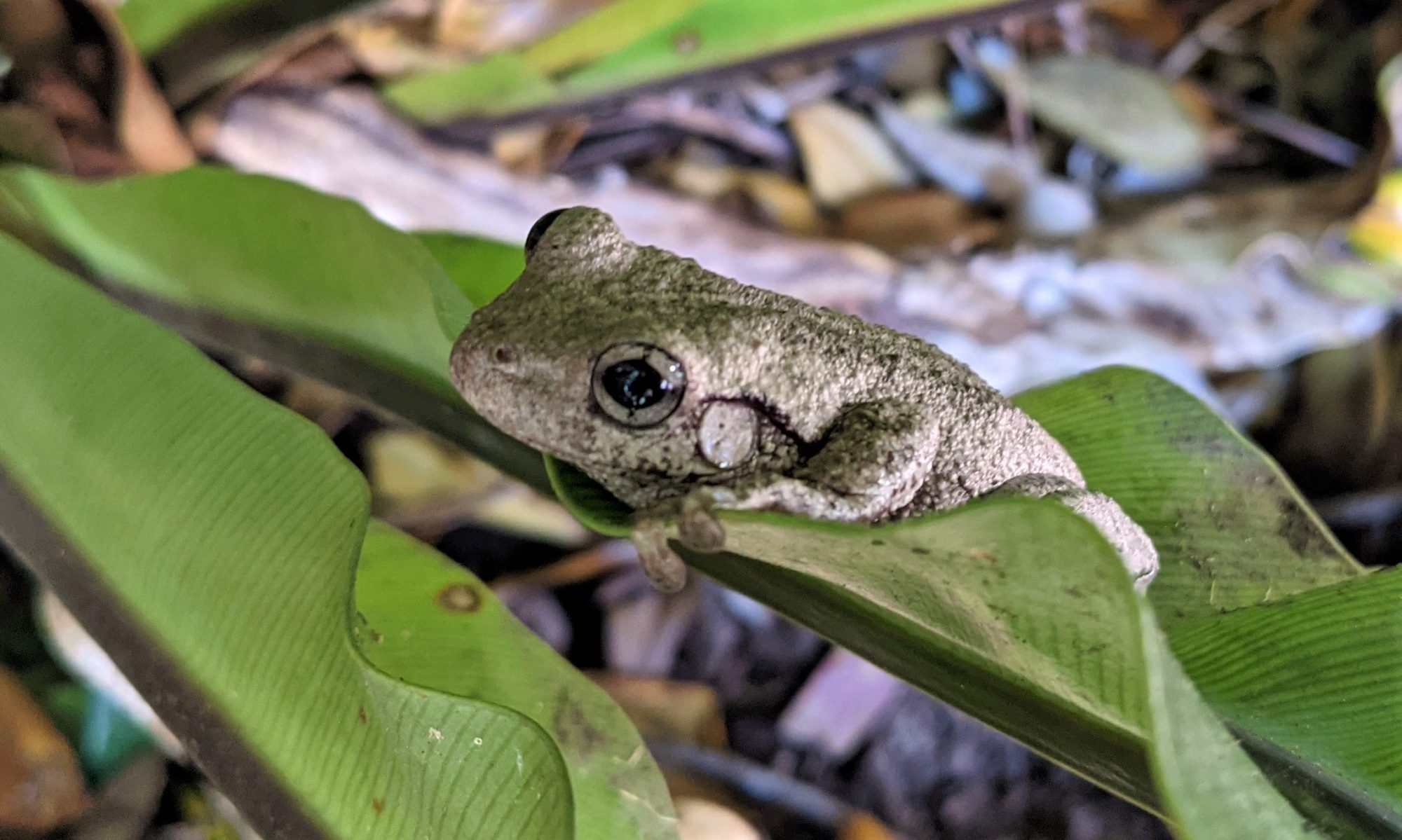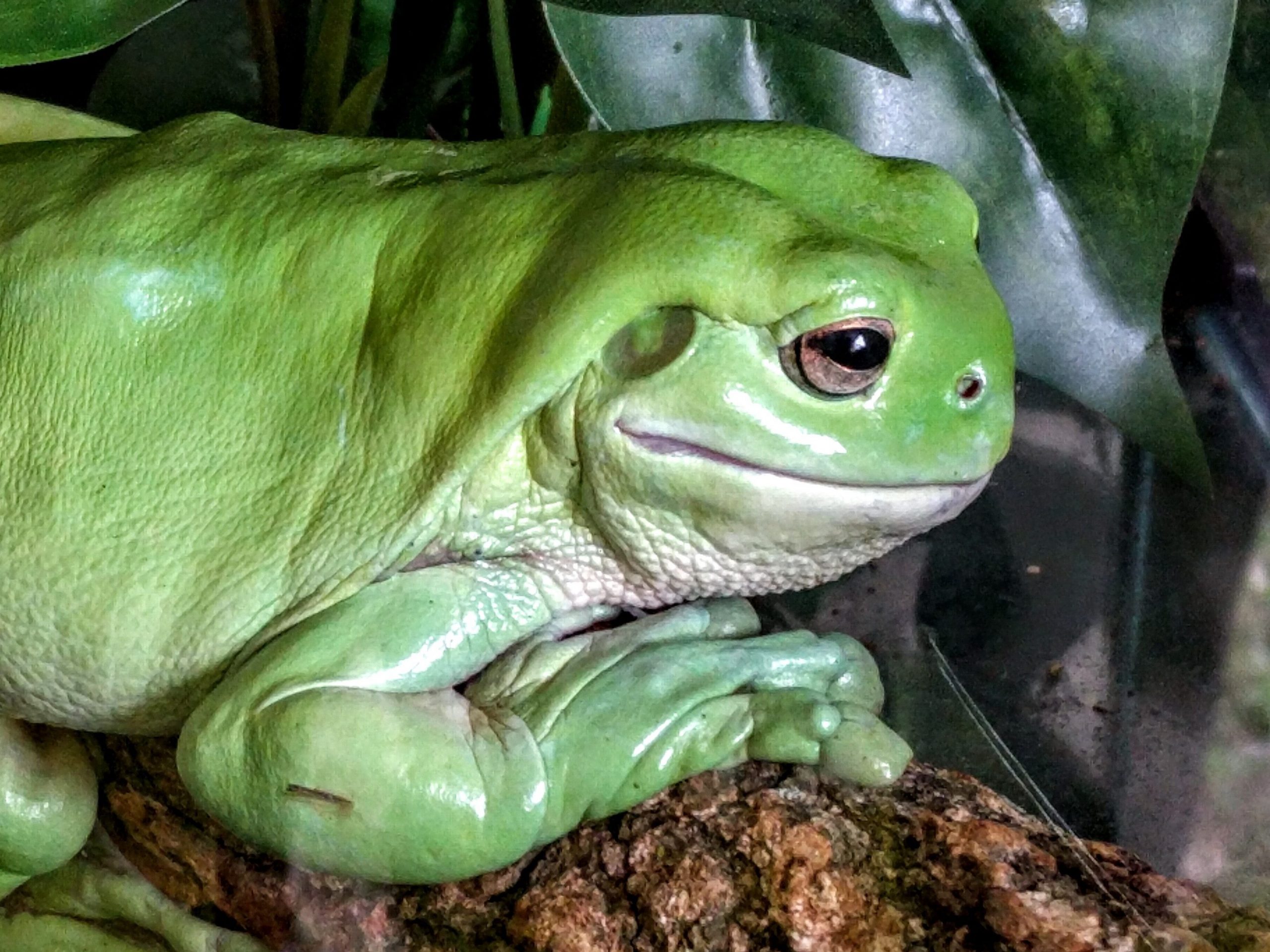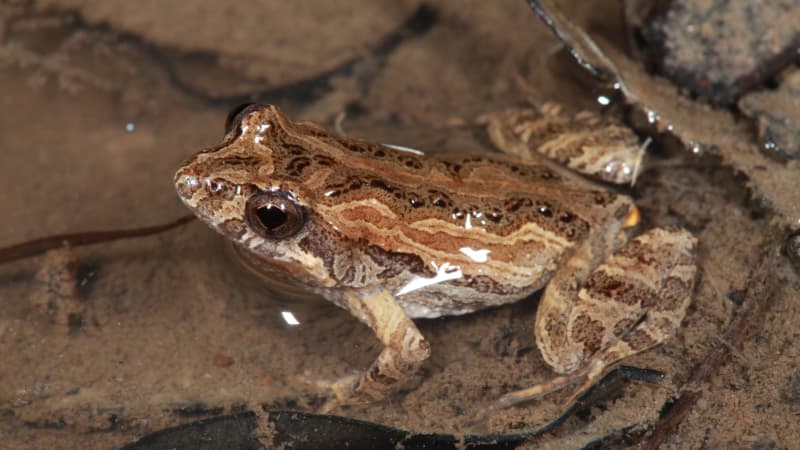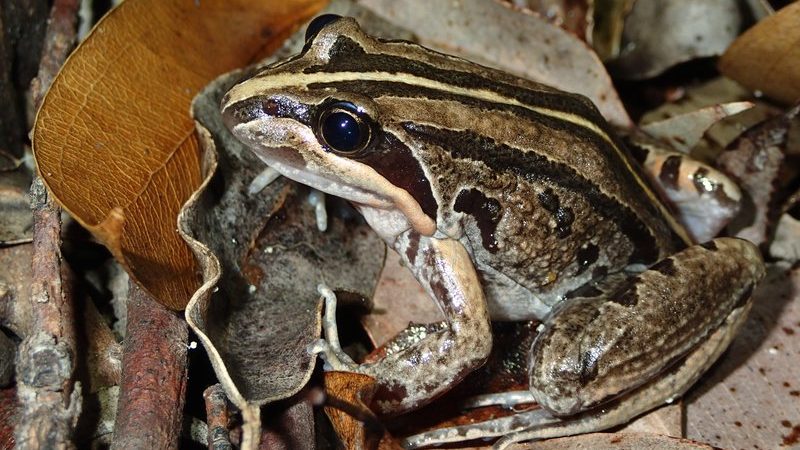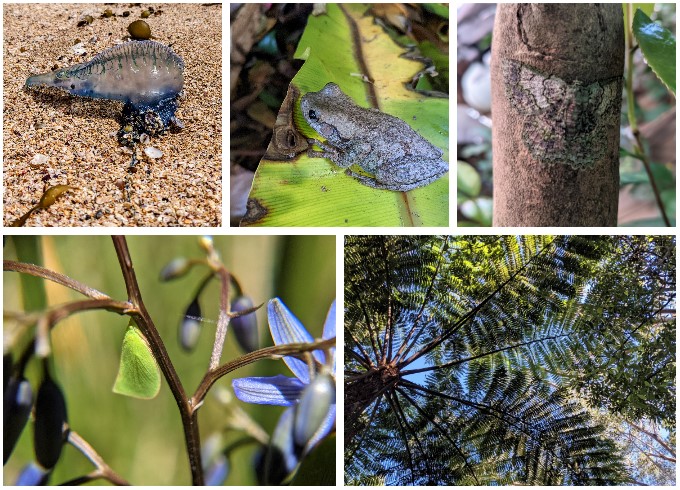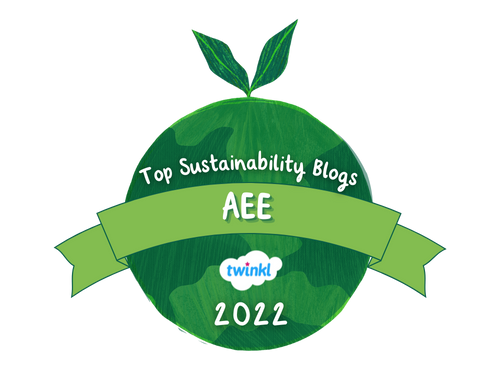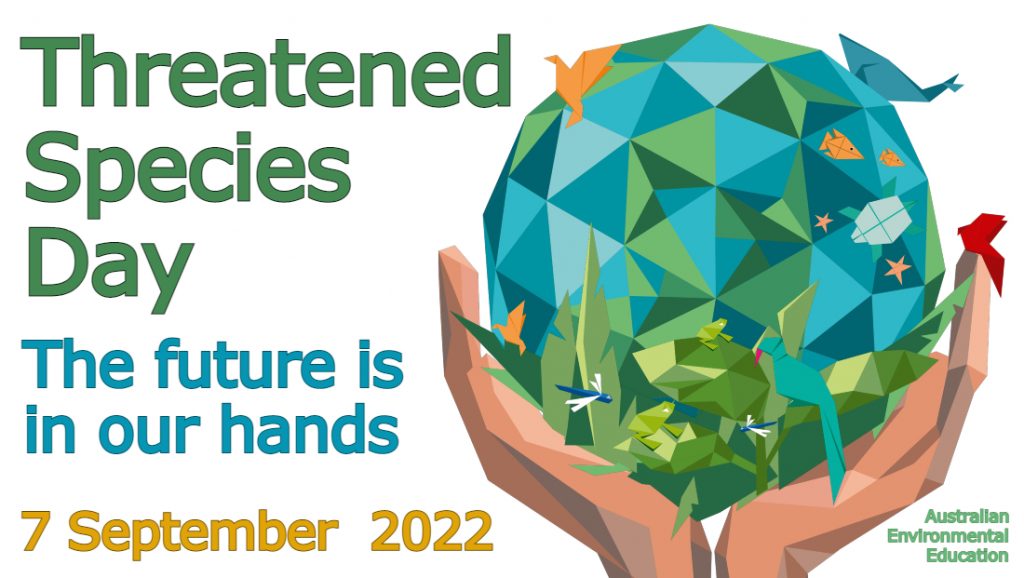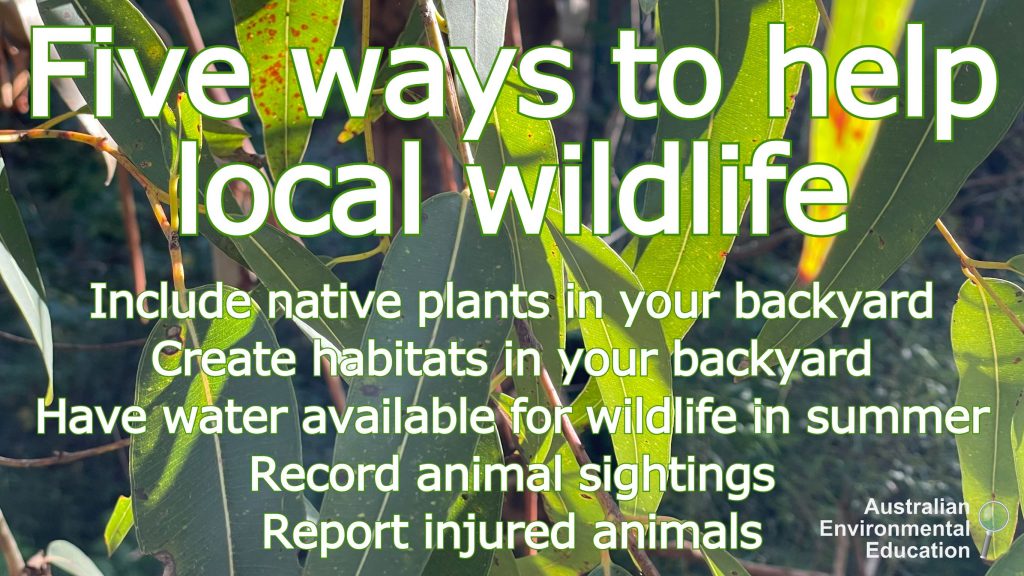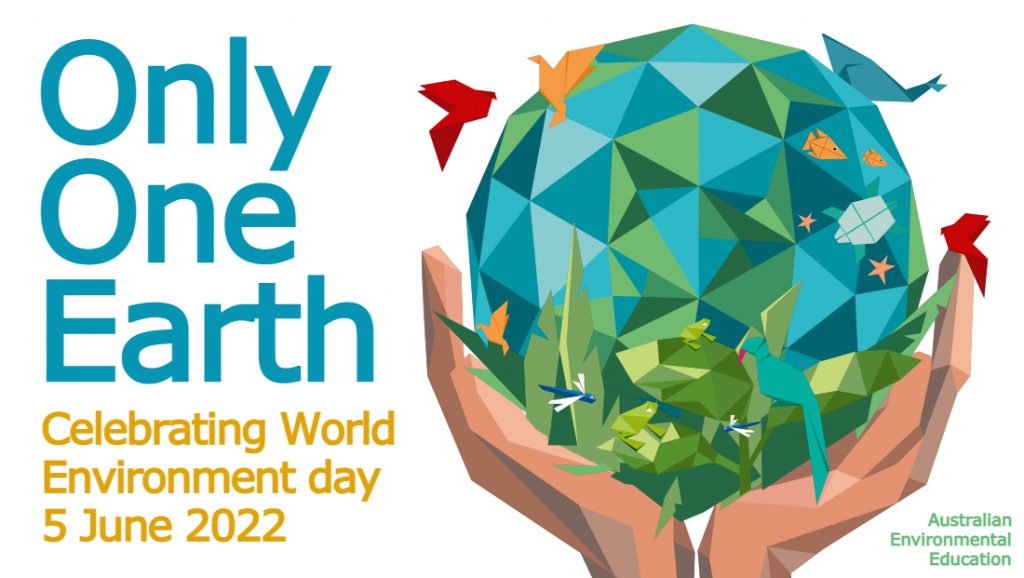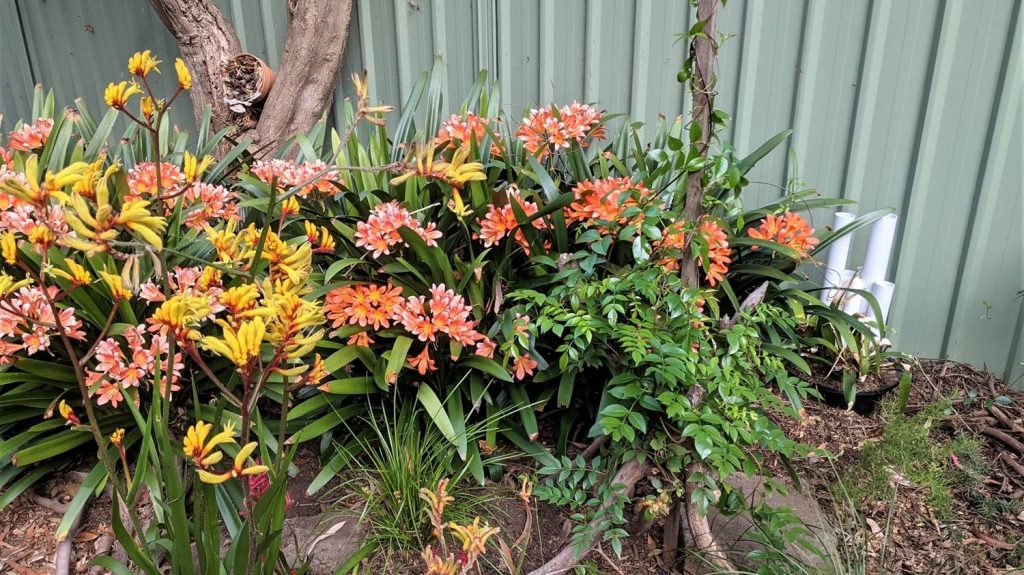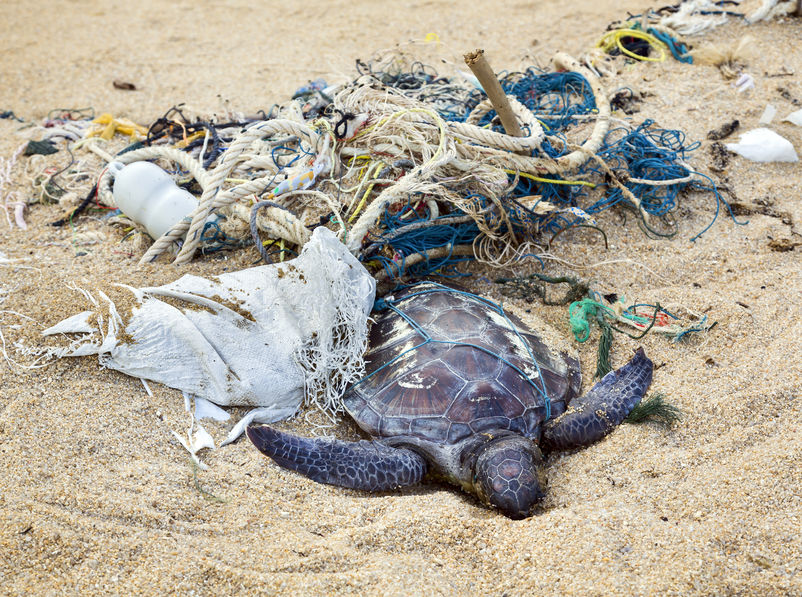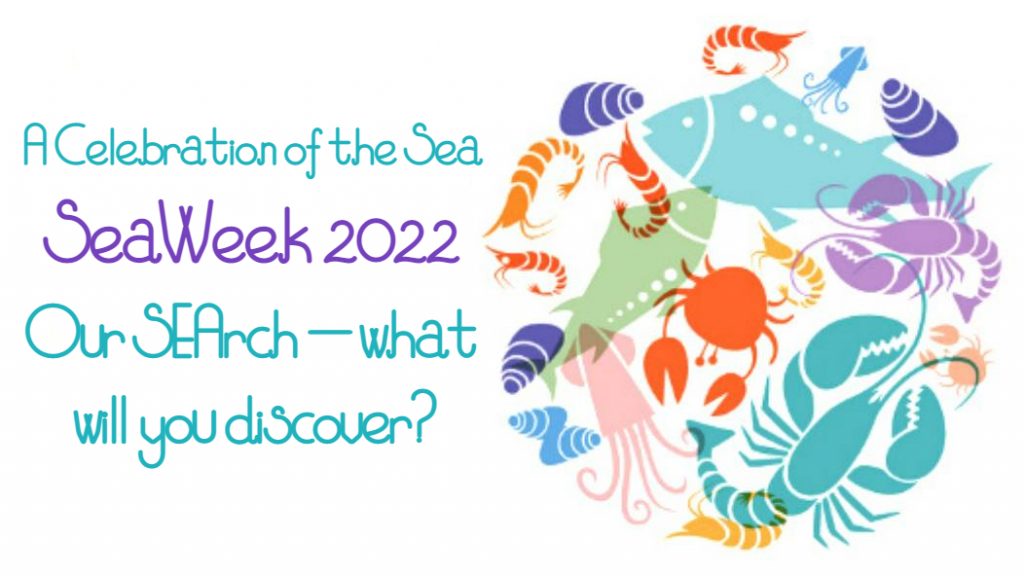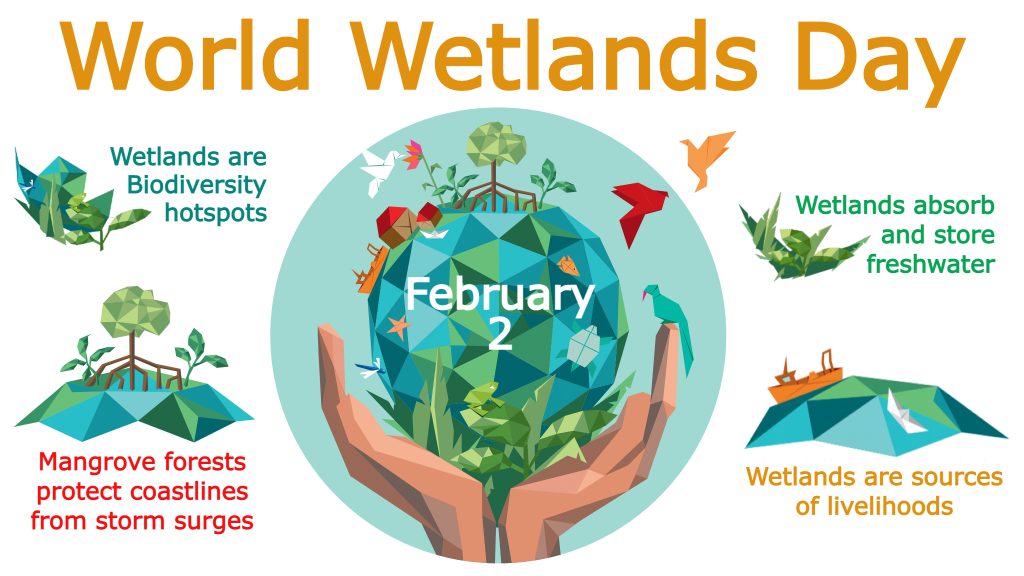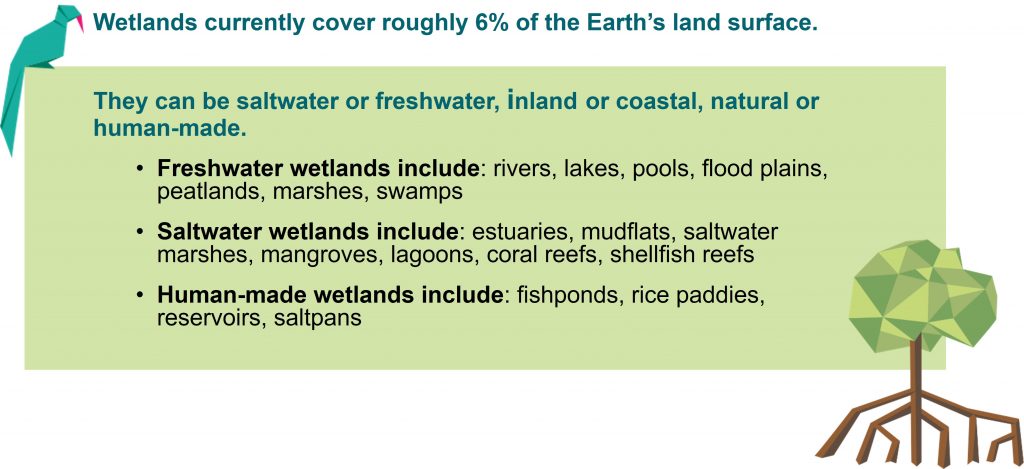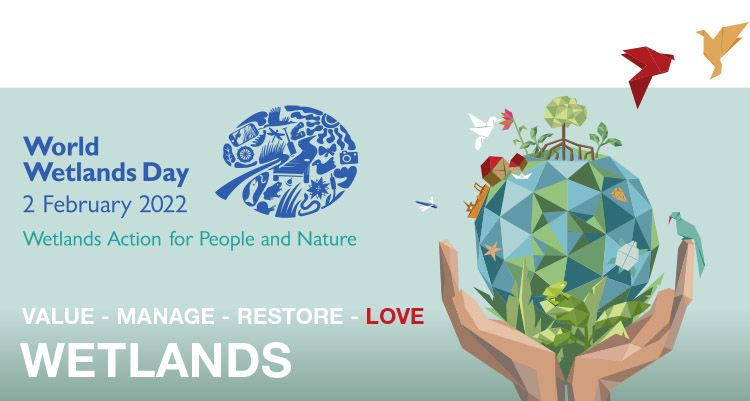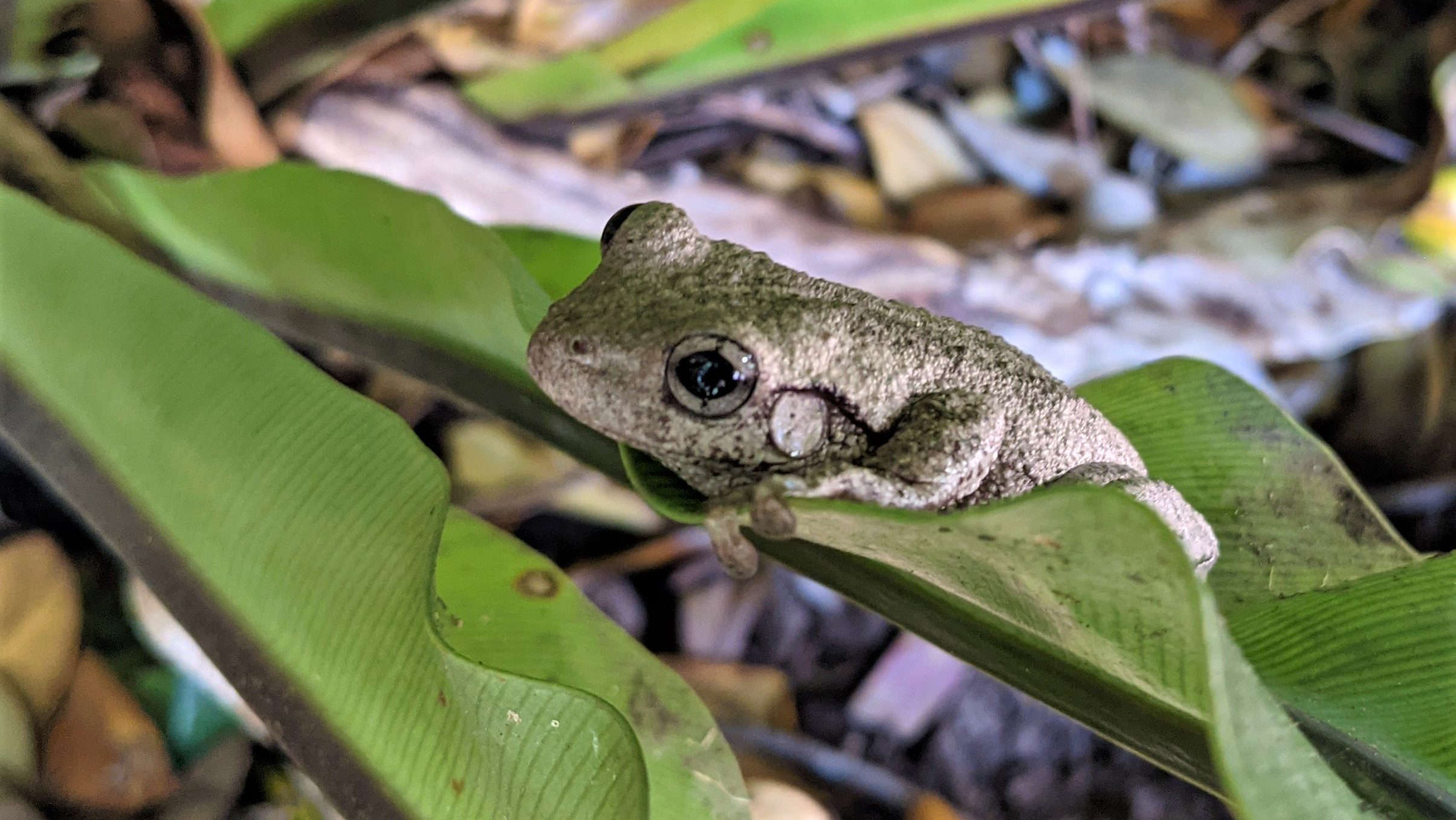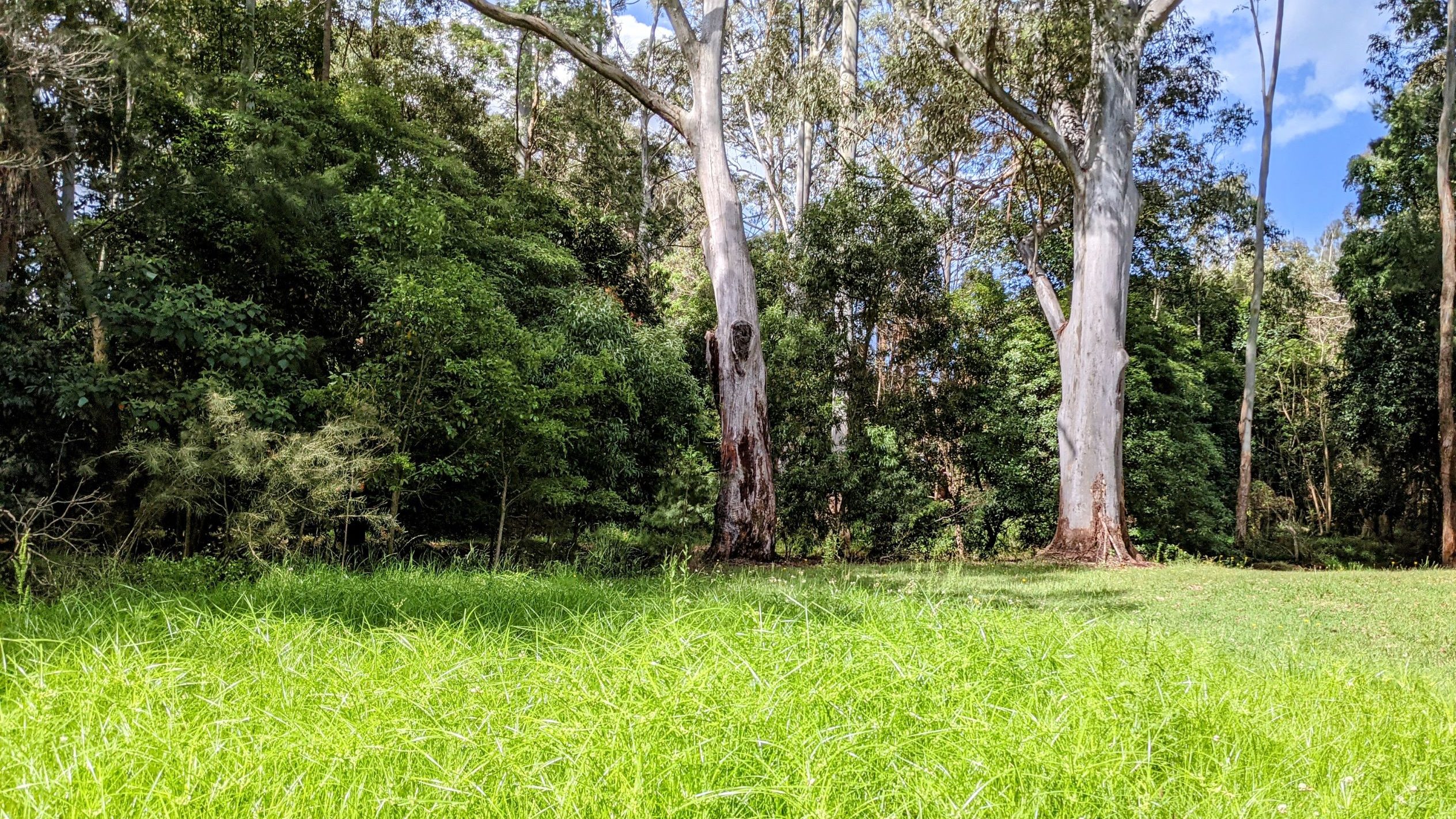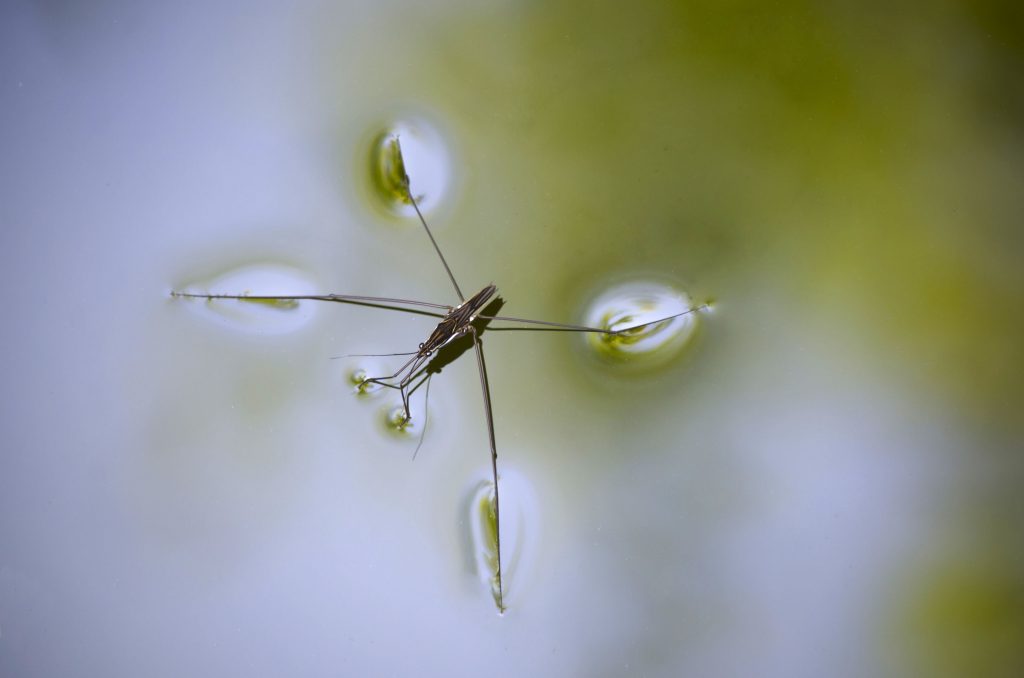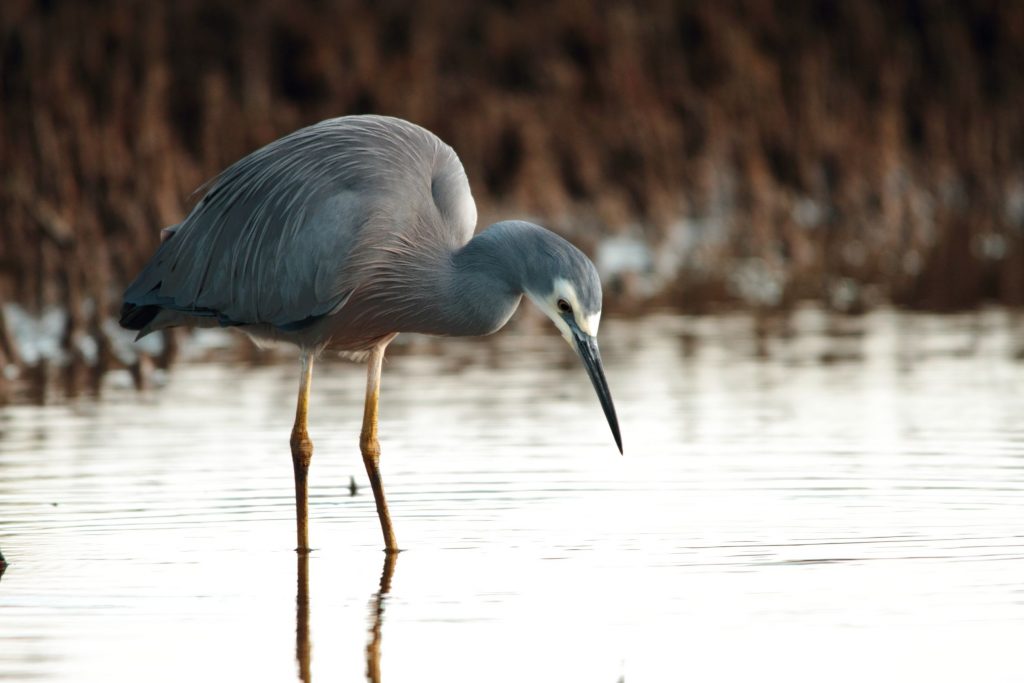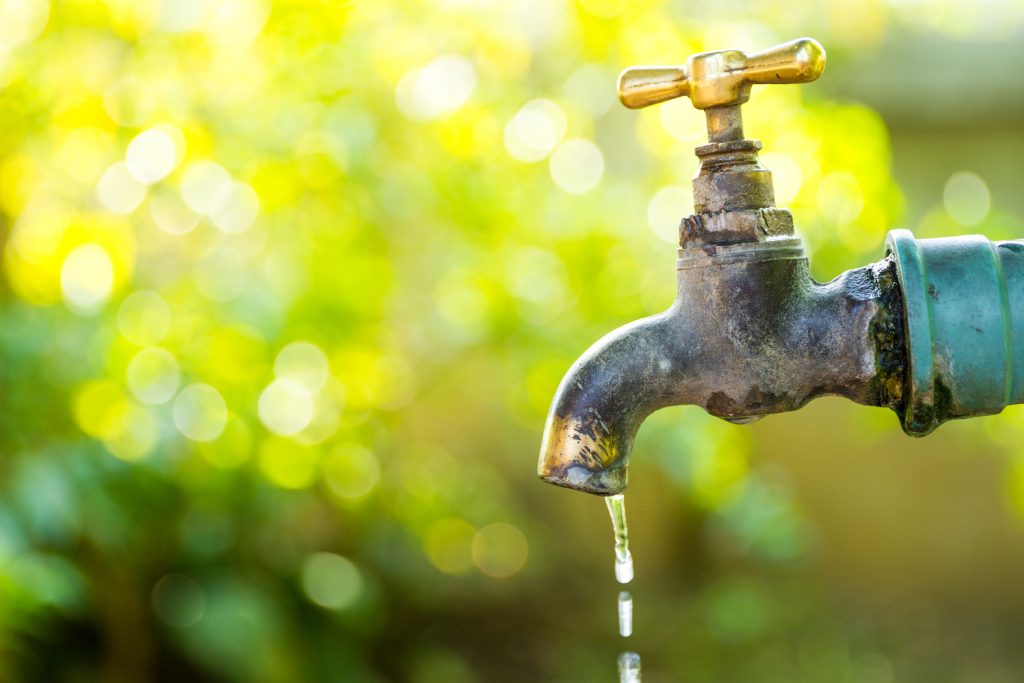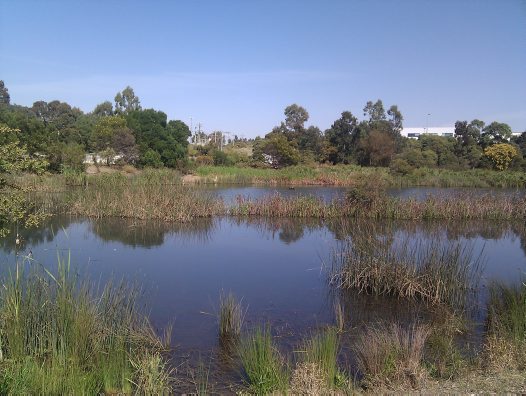Coastcare Week 2022 is about discovering what you can do to help protect our coasts and marine environments. Australian Environmental Education has a range of free resources to show what you can do to help protect our coasts, no matter where you live across Australia.
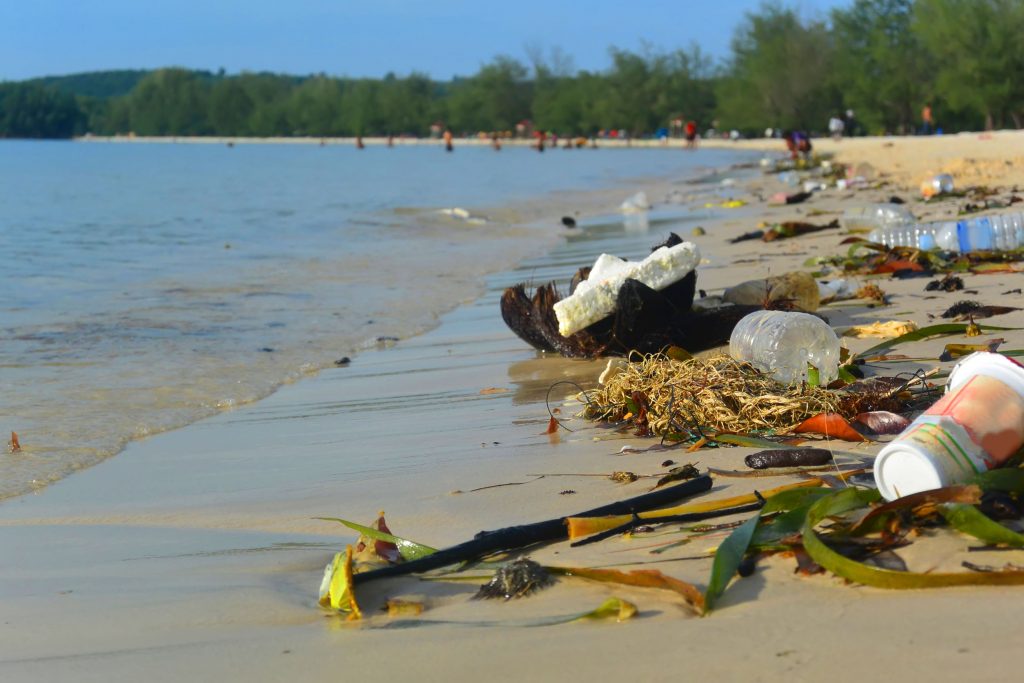
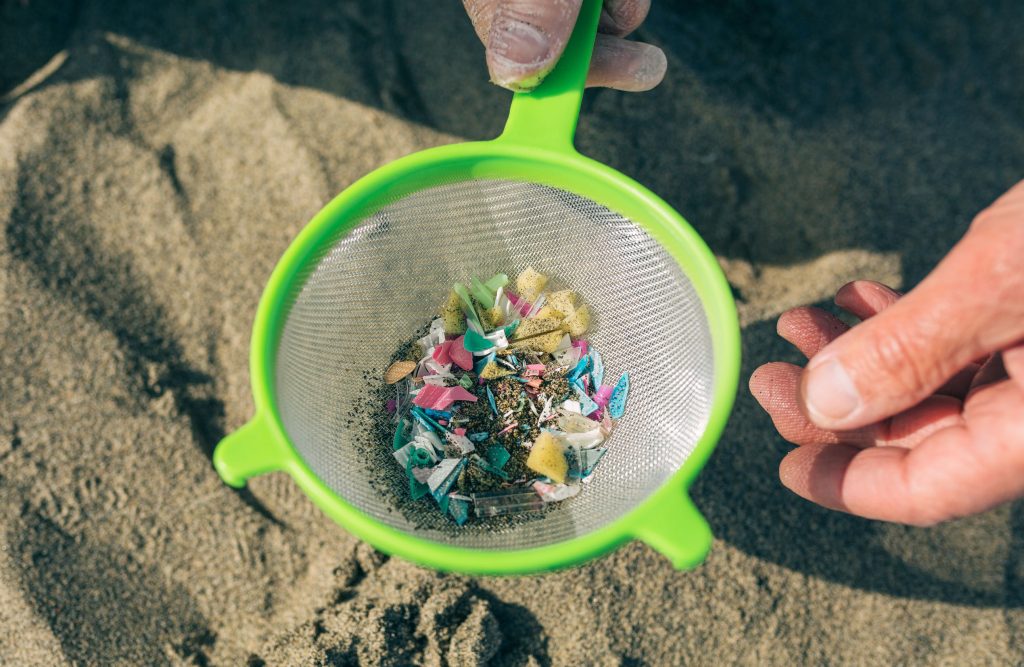
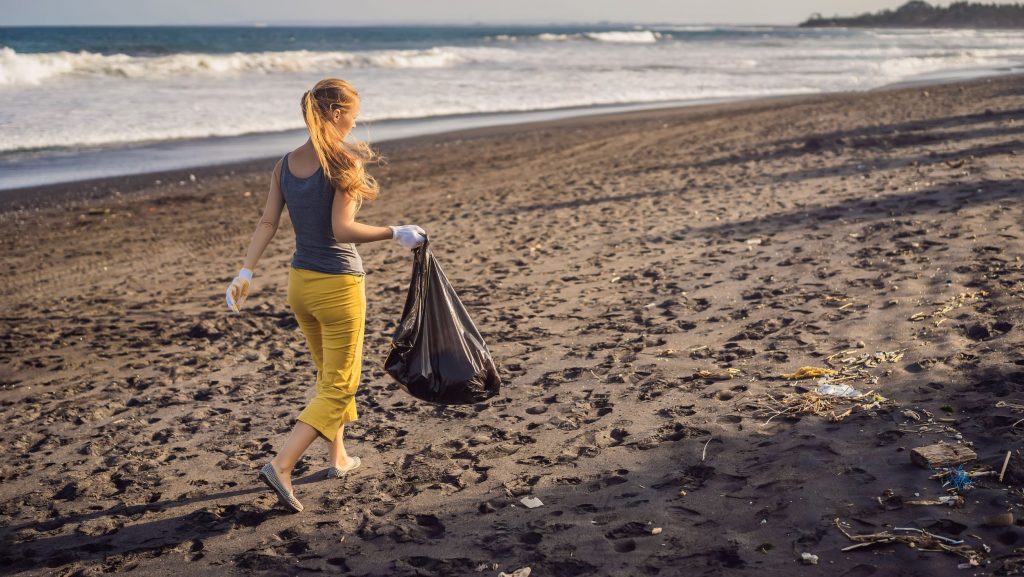
Where the rivers meet the sea
Explore of the interactions between the land and sea. Eighty-five percent of Australians live within 50km of the coast. This session looks at the waste that washes downstream in our catchments, the impacts it has on our estuaries, wetlands and coastal areas where the rivers meets the sea.
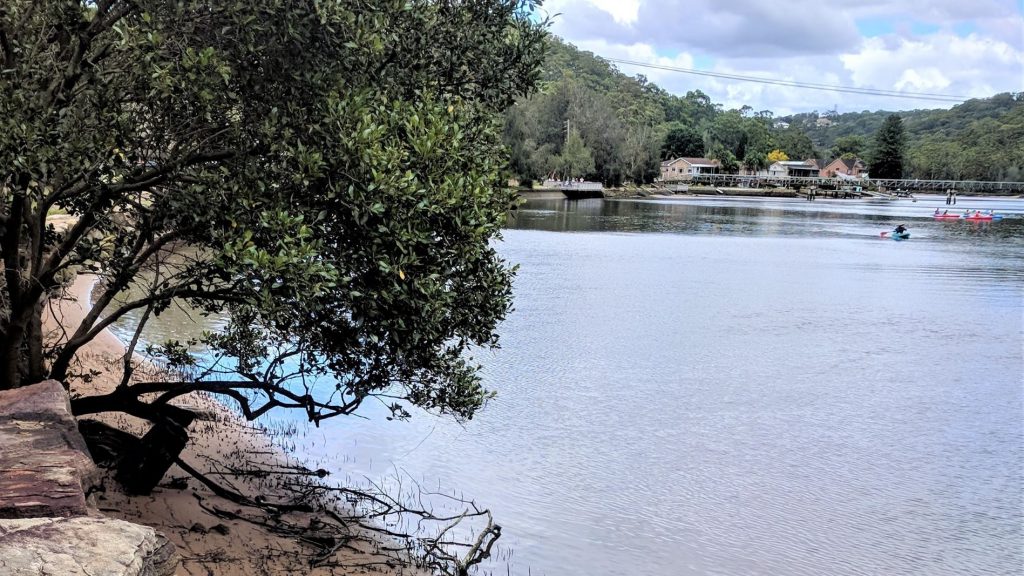
Marine Life
Take a journey beneath the waves with Karen from Australian Environmental Education to explore Australia’s amazing marine life. Discover different marine habitats and the animals that live there.
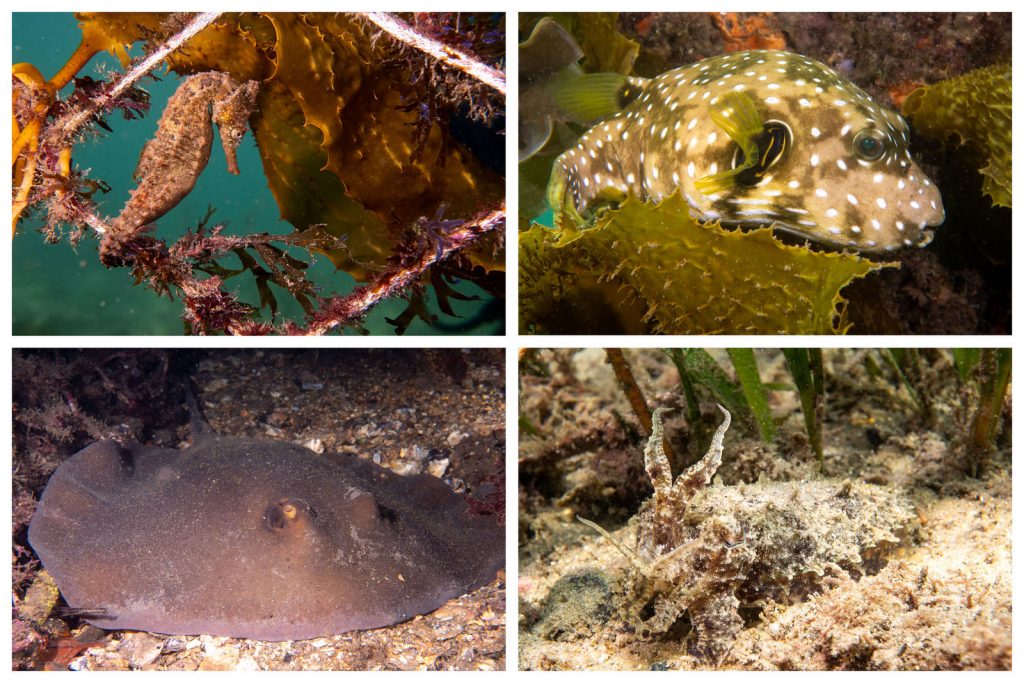
How to conduct a beach survey
Recognise Coastcare Week by learning how you can conduct a beach survey. Our coasts are impacted by our actions on land. Rubbish and microplastics can be found washed up on almost every Australian beach. Join Karen from Australian Environmental Education to learn more about micro plastics and how to conduct a beach survey.
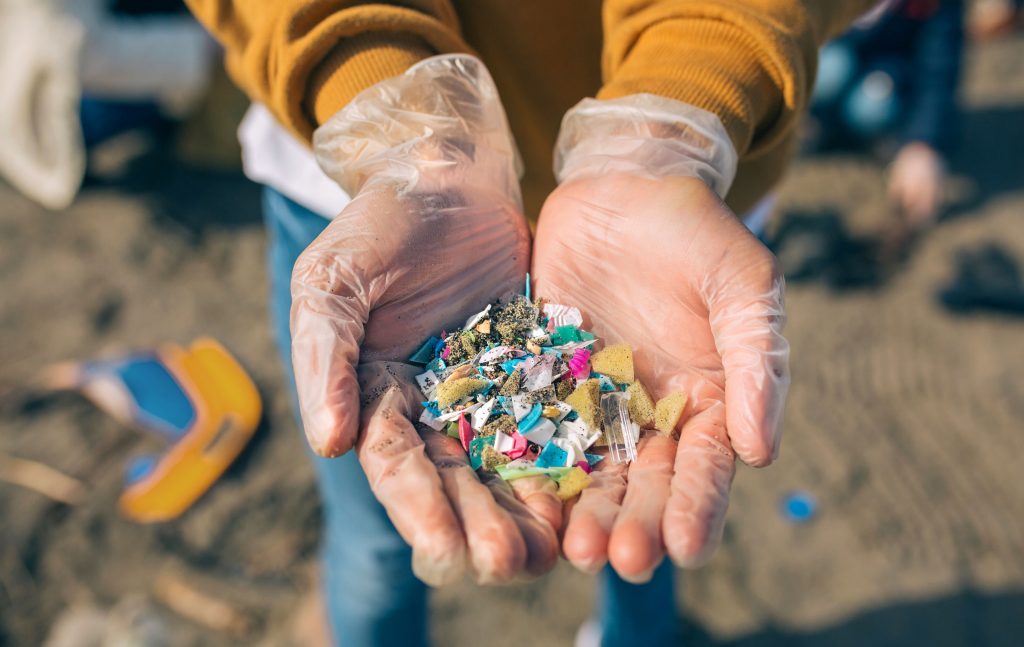
Caring for our Oceans
Coastcare Week is about working together to care for our coastal and marine environments. Our coasts are impacted by our actions on land. Rubbish and microplastics can be found washed up on almost every Australian beach. These are great activities to do with your high school students.
The Beach Survey provides a starting point to understand the types of rubbish in the marine environment.
The Beach Clean up can help you work together as a team and community to remove this of rubbish.
Find out more about the impacts on plastics in our oceans.


